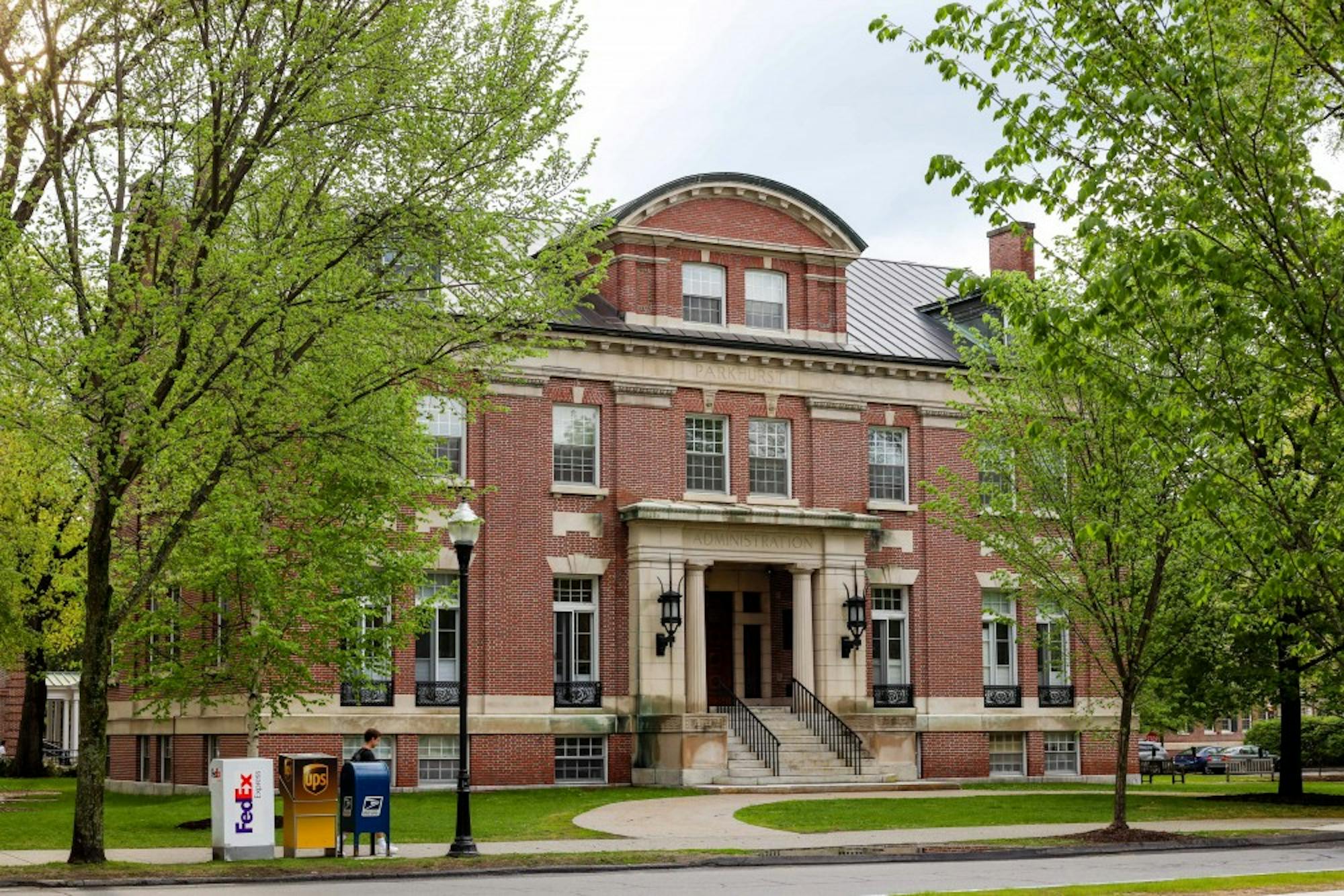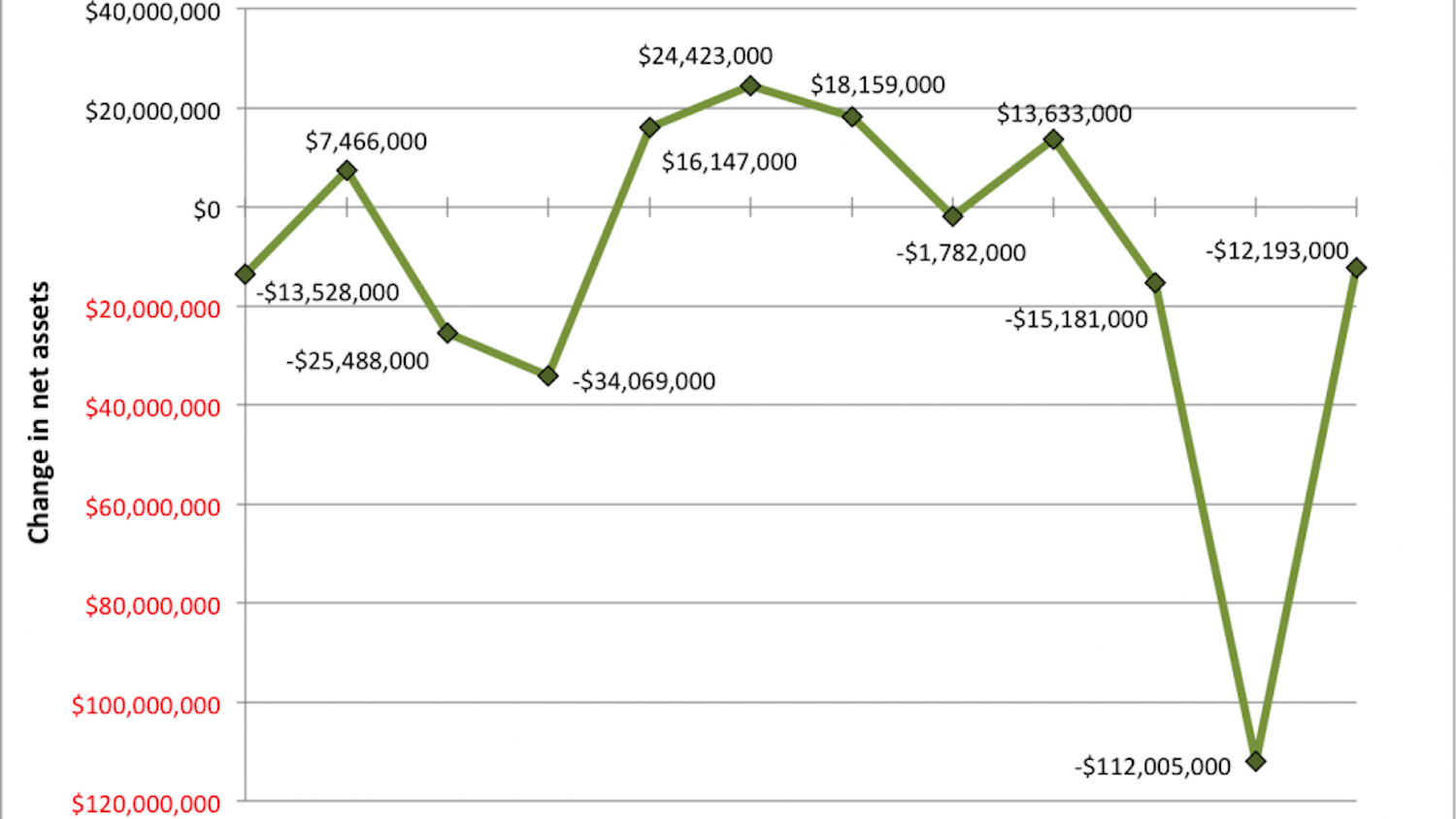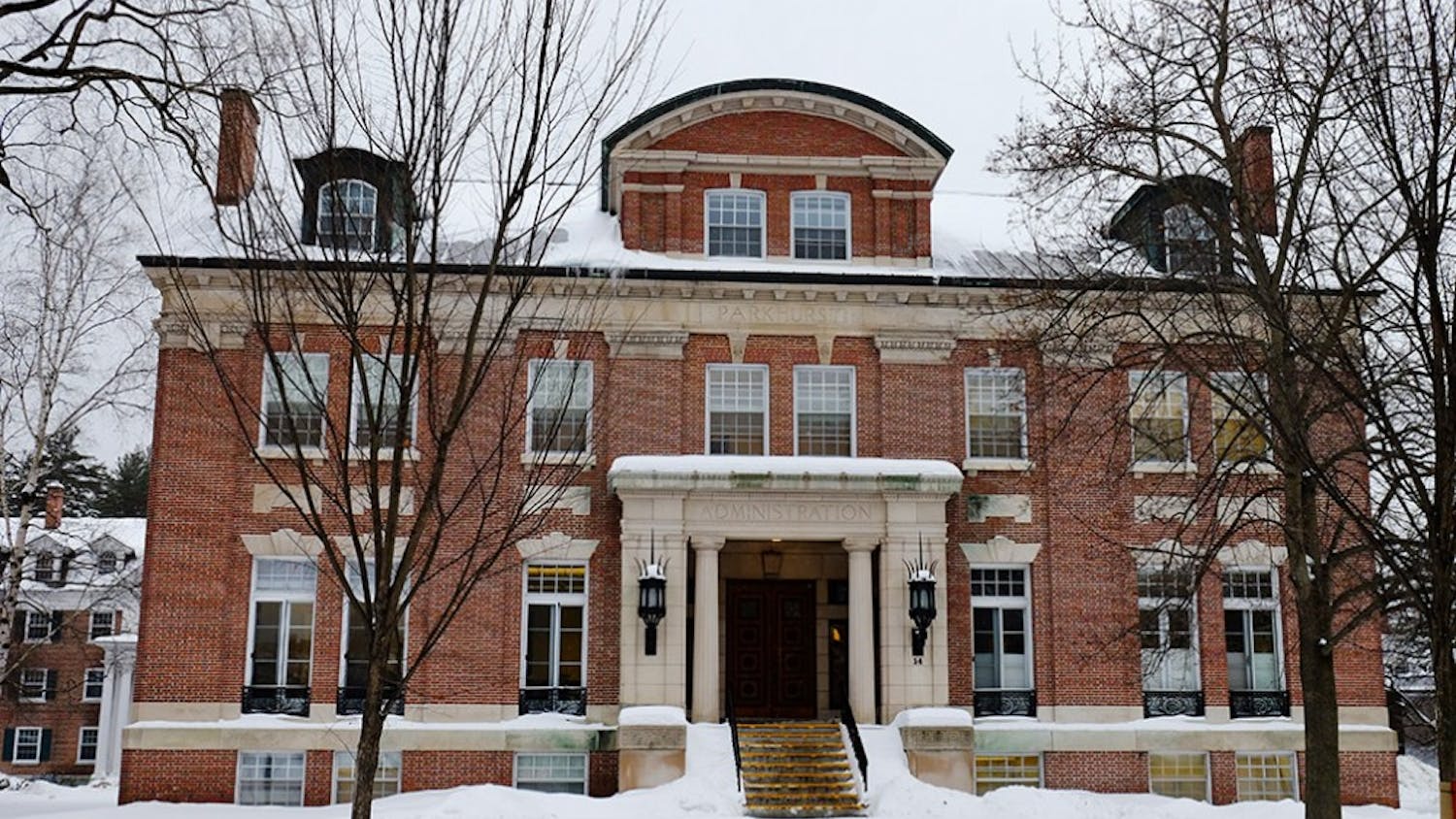A diverse class of assets and positive private equity returns were key factors in the growth of the College’s endowment to an all-time high of $5.7 billion in the 2019 fiscal year. The endowment returned a net 7.5 percent, marking a small decrease from last fiscal year’s return of 12.2 percent.
According to Board of Trustees member and investment committee chair Rick Kimball ’78, the College has averaged over 10 percent returns for the past decade.
“We view the endowment as long-term,” he said. “The goal is to generate returns that beat inflation.”
According to Kimball, the target for endowment growth is intergenerational. Kimball said the growing endowment allows the College to fund a variety of programs each year, including robust financial aid packages for students.
Chief financial officer Michael Wagner wrote in an email statement that the College’s endowment is used for a variety of needs including supporting faculty, research, facilities improvement, institutes, professional schools and graduate programs.
Economics professor Bruce Sacerdote ’90 wrote in an email statement that endowment growth is not only correlated to growth in global equity market, but also a result of strong private investments. Sacerdote cited the example of venture capitalist pursuits, which have the potential to outperform public markets in the long-run. Sacerdote said the higher earning potential in these private investments is due to both their illiquidity, as well as successful money managers.
“The investment office is already as far out on the risk curve as they deem prudent,” Sacerdote wrote. “The endowment is managed for long run returns, which means the endowment is willing to hold risky assets that have volatility but high expected returns.”
Sacerdote noted that positive returns are a result of the College’s partnership with money managers who can deliver returns within the top quartile of their respective fields, whether it be real estate, commodities or public equity. The benefit for the managers, according to Sacerdote, is a relationship with a well-funded, secure educational institution interested in long-term growth.
Such long-term growth is crucial, as the endowment provides a portion of the operating budget each year for the College. According to a College investment publication from the 2018 fiscal year, distribution from the endowment made up about one-quarter of the College’s operating revenue.
Dartmouth’s 7.5 percent return for the 2019 fiscal year appears to be stronger than some peer institutions but lagging behind others. Yale University reported a return of 5.7 percent, while Harvard University’s endowment assets returned 6.5 percent. The University of Pennsylvania also reported a return of 6.5 percent. Brown University appears to be leading the Ivy League in investment returns with a return of 12.4 percent.
According to Kimball, strategies that peer schools use to manage their endowments vary in some ways.
“Harvard used to do a lot of things in-house,” Kimball said. “Investors would invest in individual companies, while what we do is find money-managers.”
On the other hand, Sacerdote wrote that there are many similarities between Dartmouth’s investment strategies and that of its peer schools.
“The modern growth-oriented, long-run model of endowment investing is often called the Yale model,” he wrote. “There is a lot of communication among the endowments in the search to find the best managers.”
Additionally, a 1.4 percent excise tax that was passed as part of a large federal tax reform law in 2017 now applies to Dartmouth’s endowment, since the endowment is worth over $500,000 per student and the College has over 500 enrolled students.
Wagner wrote that the College’s current excise tax estimate was in the range of $5 million, but could be subject to change. Wagner added that the College will not file the first excise tax on investment income for the 2019 fiscal year until May 2020.




